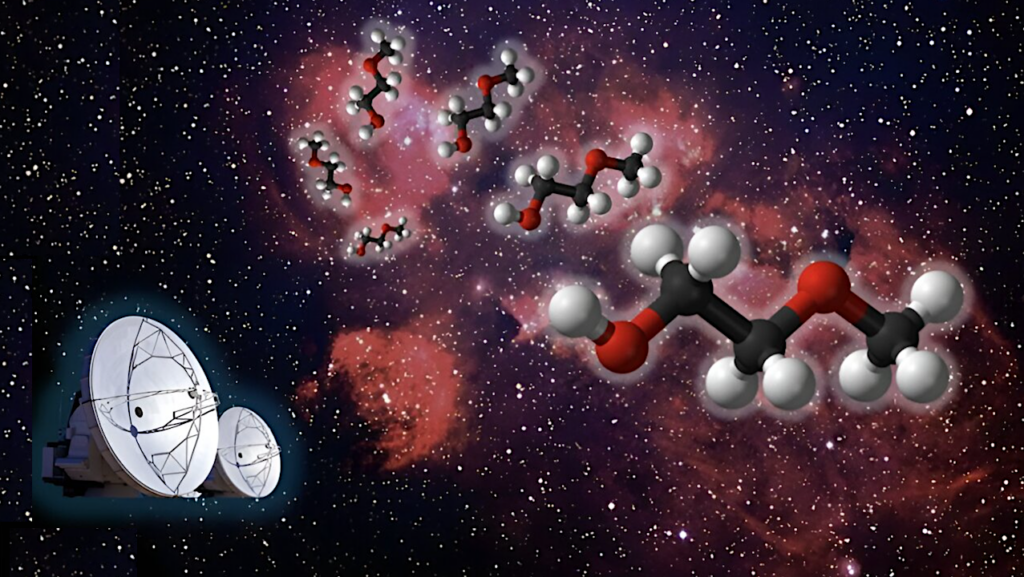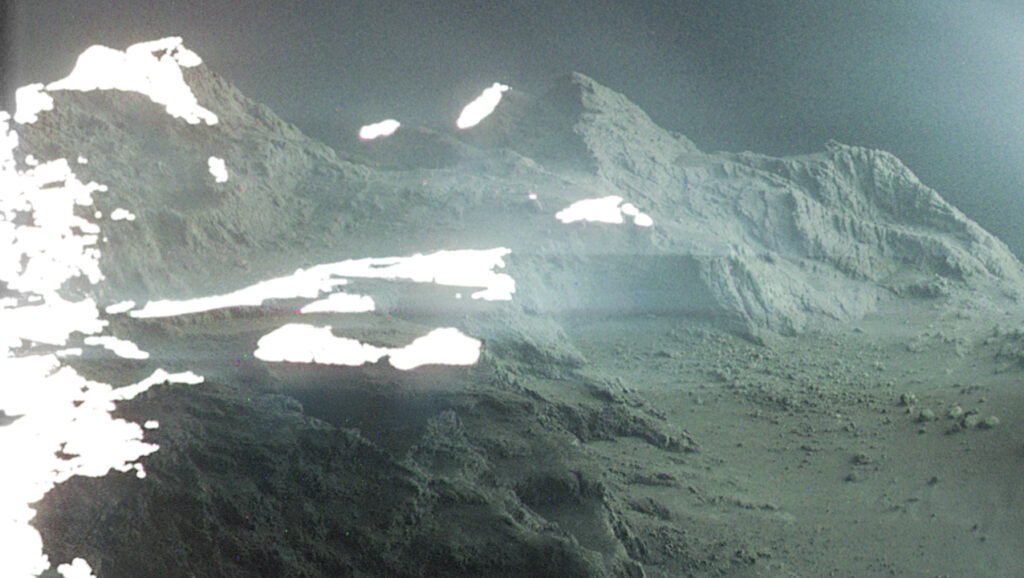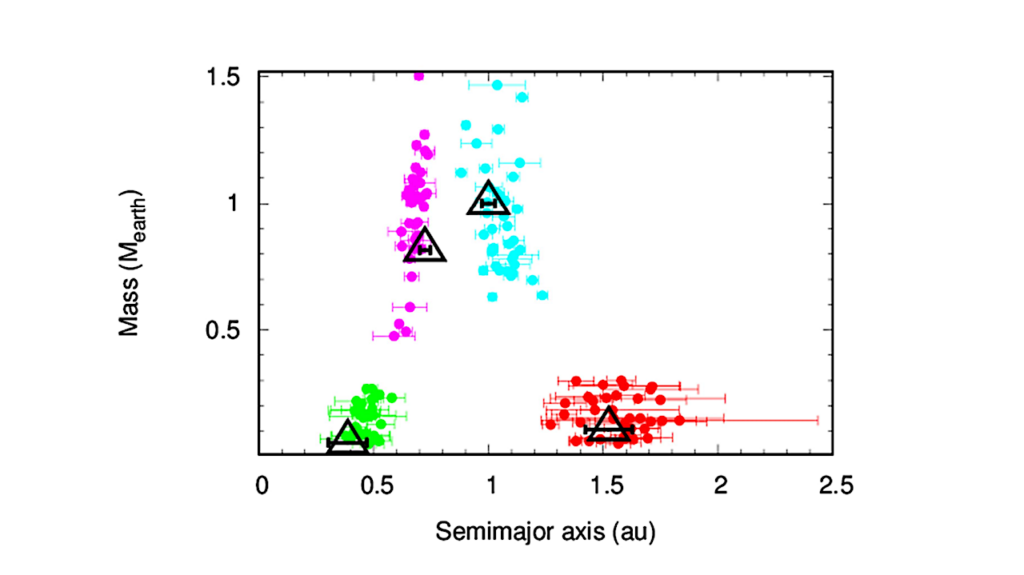Water in Small Dust Grains Can Explain Large Amounts of Water on Earth

Water trapped in dust grains from which the Earth formed can explain the current large amount of water on Earth.
This is suggested by scientists from the Netherlands, Germany and the United Kingdom, based on calculations and simulations. The research will appear in two articles in the journal Astronomy & Astrophysics.
For a long time, scientists have been struggling with an explanation for the large amount of water on Earth. A first scenario states that the water is delivered by comets and asteroids that hit the Earth. According to a second scenario, the Earth was born ‘wet’ and the water was already present on ten-kilometer-big boulders from which the Earth was built up. However, the amount of water that these large boulders can contain is limited.
Now, an international team of scientists has devised and calculated a variant of the boulder-with-water scenario. The team shows that in the region where the Earth once originated, small up to mm-sized dust grains can hold enough water. The water-rich dust grains then clump together to form pebbles and eventually kilometer-big boulders. These boulders can then contain large amounts of water and they will eventually proceed to form the Earth.
The new calculations also show that the small dust grains can collect enough water in ‘only’ a million years to explain the amount of water on Earth. A million years fits easily in the time it takes to form the larger boulders.
References:
* “Warm Dust Surface Chemistry in Protoplanetary Disks — Formation of Phyllosilicates,” W. F. Thi (1), S. Hocuk (1,5), I. Kamp (2), P. Woitke (3), Ch. Rab (2), S. Cazaux (4), P. Caselli (1) & M. D’Angelo (2), 2018, submitted to Astronomy & Astrophysics [https://www.aanda.org].
* “On Water Delivery in the Inner Solar Nebula — Monte Carlo Simulations of Forsterite Hydration,” M. D’Angelo (2), S. Cazaux (4), I. Kamp (2), W. F. Thi (1) & P. Woitke (3), to appear in Astronomy & Astrophysics [https://www.aanda.org, preprint: https://arxiv.org/abs/1808.06183]. (Affiliations: 1, Max Planck Institute for Extraterrestrial Physics, Germany; 2, University of Groningen, the Netherlands; 3, University of St. Andrews, United Kingdom; 4, Delft University of Technology, the Netherlands; 5, Tilburg University, the Netherlands.)
Astrobiology








